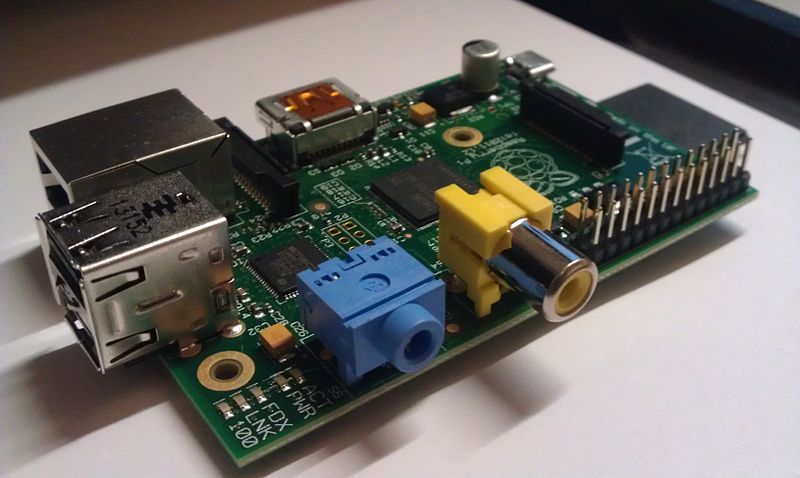A single board computer is a complete computer embedded on a single circuit board with memory, input and output, microprocessor, and other features that a functional computer requires.
Types of Single Board Computer
- CompactPCI
- VXI
- PICMG
- VMEbus
Purpose of A Single Board Computer
A single board computer has some small computing devices that can carry out several functions.
- Home automation
- Browsing or Word Processing
- Building a media player or NAS drive
- Learning how to program
Places to Use A Single Board Computer
- Used in rackmount format for process control in industrial situations.
- It is built within other devices to provide interfacing and control.
- It is used in deep-sea probes for deep-sea explorations.
- It is more power-efficient, smaller, lighter, and more reliable to use in space shuttles. This is because it has reduced component counts, reduced connector counts, and very high integration levels.
Specifications of A Single Board Computer
A single board computer can meet a variety of needs. It can with an I/O interface that is precisely fit for networking applications, wireless applications, and audio applications. This device is more convenient when buying with the specifications already set up.
If one was purchasing a desktop computer, the specifications of a single board computer are very similar to what one will assess where a computer’s basics are concerned. When purchasing this device, the amount of memory it can support, processor clock speed, the type of processor used in the device, and the front side bus clock speed are some considerations that must be taken into account.
Some single board computers do come with expansion slots. Yet multi-board computers are generally differentiated by single board computers because single board computers have all their components installed on the single board. The expansion slots that a single board computer comes with includes popular designs like PCI Express, ISA, PCI, microSD, and MiniPCI. Single board computers also come with specific ports like CRT, HDMI, VGA, and DVI.
Factors to Consider When Purchasing A Single Board Computer
- It is essential to ensure that any chosen design can provide reliable service under the expected stress when purchasing a single board computer. This is because computers are used in some very trying environmental conditions.
- Certain factors will also play into whether or not it is suitable for any particular applications. These factors include the device’s size, the type of sockets that it has, and the minimum and maximum operating temperatures.
- Options for single board computers with many different expansion slots are rapidly increasing. Yet as far as expendability goes, multi-board designs are inherently more flexible than single board computers. Furthermore, several specialized designs provide compelling solutions for in-built applications where space is at a premium.
- Even as the capabilities expand, a single board computer’s price has dropped, just like most electronics.
Single board computers are getting more potent with modern development yet typically do not have the upper range of performance that one will see with desktop computers.





